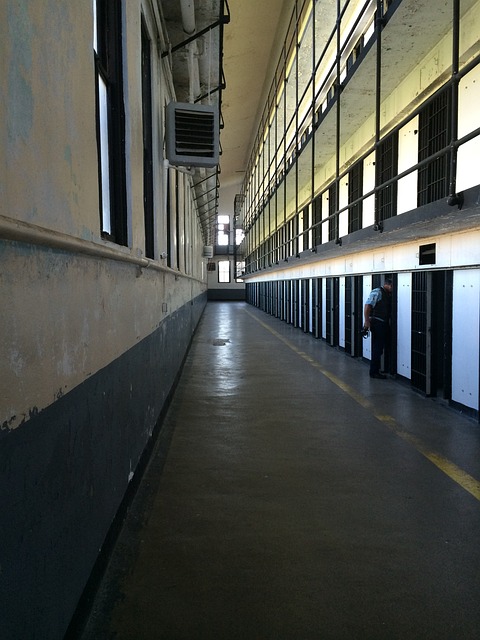College campuses worldwide are transitioning to sustainable transportation by adopting electric bikes, scooters, and public transit as alternative options (Alternative Transportation Options). This shift reduces carbon emissions, encourages healthier lifestyles, and promotes eco-conscious habits among students. Initiatives like dedicated bike lanes, charging stations, and incentives for public transportation contribute to less traffic congestion and improved air quality, fostering vibrant, sustainable communities.
“College campuses are undergoing a quiet revolution, moving away from traditional automotive dependency towards sustainable mobility. This shift is driven by environmental concerns and student demand for greener options. This article explores various alternative transportation solutions transforming college campuses, including electric vehicles, cycling infrastructure, improved public transport, walking trails, and more. By adopting these innovative strategies, universities are not only reducing their carbon footprint but also enhancing the overall student experience.”
- Exploring Sustainable Mobility on Campus
- Electric Vehicles: The New Normal for Students?
- Cycling Revolution: Safe and Efficient Commuting
- Public Transport: Enhancing Accessibility for All
- Walking Trails: Reconnecting with Nature on Campus
Exploring Sustainable Mobility on Campus

Many college campuses are recognizing the need to move away from traditional gas-powered vehicles and explore sustainable mobility solutions. By promoting alternative transportation options, such as electric bikes, scooters, and public transit, universities can significantly reduce their carbon footprint. These measures not only contribute to a greener environment but also offer students more affordable and healthy commuting alternatives.
Implementing campus-wide initiatives like dedicated bike lanes, charging stations for electric vehicles, and incentivized public transportation passes encourages students to adopt eco-friendly commuting habits. Such efforts can lead to decreased traffic congestion, improved air quality, and a more vibrant and sustainable campus community. With the right infrastructure and support, alternative transportation options can become the norm, setting an example for other institutions worldwide.
Electric Vehicles: The New Normal for Students?

With a growing focus on sustainability, college campuses are becoming hotspots for adopting alternative transportation options, including electric vehicles (EVs). As students look to reduce their carbon footprint, EVs are emerging as a compelling choice. The shift towards electrification is not just a trend but a necessary step in combating climate change and air pollution. Many universities are encouraging the use of electric cars by providing charging stations on campus, offering incentives for students to switch to EVs, and promoting a culture of eco-consciousness.
This new normal for students presents several advantages. Firstly, it reduces dependence on fossil fuels, thereby minimizing greenhouse gas emissions. Secondly, EVs offer cost savings in terms of fuel and maintenance compared to traditional vehicles. Furthermore, the increasing availability of models designed specifically for urban environments caters to the needs of college students who often navigate congested campus areas and nearby cities. This trend signals a promising future where sustainable mobility becomes the norm on college campuses.
Cycling Revolution: Safe and Efficient Commuting

Many college campuses are witnessing a cycling revolution, encouraging students to opt for bikes as their primary mode of transportation. This shift is partly driven by the growing demand for Alternative Transportation Options and the need to reduce carbon emissions. Universities across the globe are investing in robust bicycle infrastructure, including dedicated bike lanes, secure parking facilities, and maintenance services, making commuting safer and more efficient than ever before.
This cycling trend isn’t just about sustainability; it also contributes to healthier student lifestyles. Biking to campus promotes physical fitness, reduces stress from traffic congestion, and offers a unique perspective on the surrounding environment. As campuses continue to embrace this Alternative Transportation Options movement, they are not only fostering a greener community but also inspiring students to lead more active and eco-conscious lives.
Public Transport: Enhancing Accessibility for All

College campuses are increasingly recognizing the importance of promoting sustainable and accessible transportation options, especially in urban areas where public transport is readily available. One key aspect of this shift is the integration of alternative transportation methods to cater to diverse student needs. By encouraging the use of public transport like buses, trams, and subways, campuses can reduce traffic congestion and lower carbon emissions.
Many universities are implementing initiatives to make public transportation more appealing and accessible to students. This includes providing transit passes at discounted rates, developing user-friendly apps for trip planning, and organizing shuttle services to connect residential areas with campus hubs. Such efforts not only support environmental sustainability but also contribute to a smoother daily commute for students, faculty, and staff, ensuring everyone can access the campus easily, regardless of their preferred mode of transportation.
Walking Trails: Reconnecting with Nature on Campus

College campuses are not just about towering buildings and bustling hallways; they can also offer serene spaces where students can reconnect with nature. Walking trails, in particular, have become an integral part of many educational institutions, providing a peaceful escape from the academic grind. These paths encourage students to adopt alternative transportation options, such as walking or cycling, promoting healthier lifestyles and reducing carbon footprints.
By incorporating natural elements into their campus design, colleges foster a sense of well-being among students. Walking trails not only serve as recreational areas but also as educational tools, teaching sustainability and appreciation for the environment. They offer a chance to escape the concrete jungle, providing mental breaks that can enhance focus and academic performance, making them valuable assets in today’s digital era.
College campuses are embracing a future of sustainable mobility, offering students diverse alternative transportation options that go beyond traditional vehicles. By integrating electric vehicles, cycling infrastructure, accessible public transport, and scenic walking trails, universities are not only reducing their carbon footprint but also fostering healthier, more connected communities. This comprehensive approach to campus transportation ensures students have efficient, eco-friendly choices that contribute to a greener future.






